-
Welcome to Tundras.com!
You are currently viewing as a guest! To get full-access, you need to register for a FREE account.
As a registered member, you’ll be able to:- Participate in all Tundra discussion topics
- Transfer over your build thread from a different forum to this one
- Communicate privately with other Tundra owners from around the world
- Post your own photos in our Members Gallery
- Access all special features of the site
The LED SAE J583 Fog Pod & Fog Light Review
Discussion in 'Detailing' started by 14burrito, Nov 15, 2018.


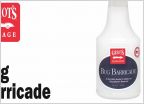 Bugs off the front ?
Bugs off the front ?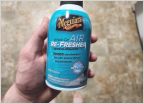 Odor elimination
Odor elimination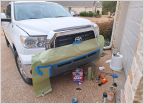 2007 5.7 Almost Done
2007 5.7 Almost Done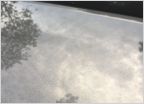 Seeing Spots
Seeing Spots [Thank you everyone, i ordered] Hi gang need pressure washer to wash house
[Thank you everyone, i ordered] Hi gang need pressure washer to wash house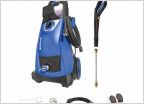 Pressure washer
Pressure washer
